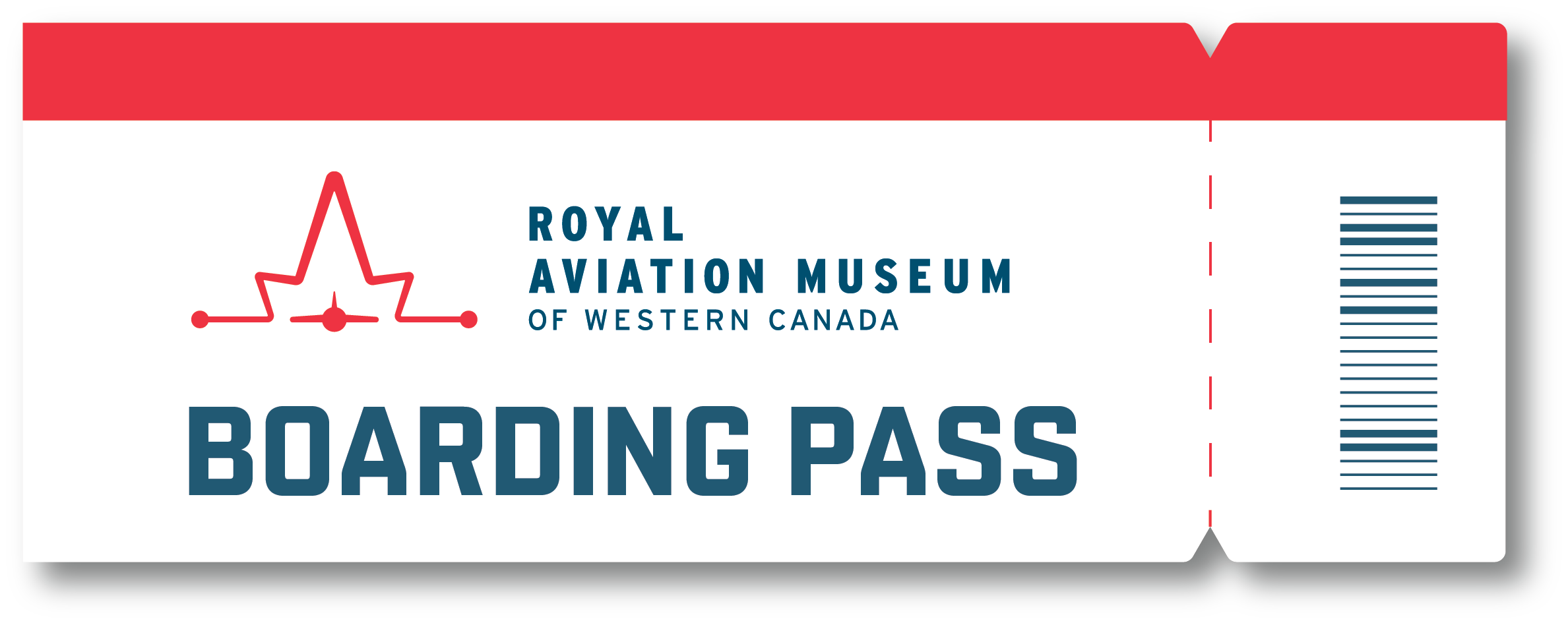Introduced by Douglas Aircraft in 1943, the A-26 Invader was designed as a light bomber and ground-attack aircraft, filling a similar role as its contemporaries, the North American B-25 Mitchell, Douglas A-20 Havoc, and Martin B-26 Marauder. (To avoid confusion with the latter, the Invader was given an “A” designation for “Attack” instead of “B” for “Bomber.” After the Marauder was retired in 1948, the B-26 designation passed to the Invader.) A fast and agile aircraft, the A-26 could carry up to 2,700 kilograms of bombs or be fitted with 6-8 .50 calibre M2 machine guns in the nose and rockets under the wings for ground attack. It normally flew with a crew of three: a pilot, bombardier/navigator, and a gunner who operated the aircraft’s two remote-controlled defensive gun turrets.
Unfortunately, while the A-26 was well received by pilots, despite the fact that its engine placement greatly obscured the pilot’s downward view, the aircraft was introduced too late to have a significant impact on the Second World War. Nonetheless, it saw extensive service in the Korean War, Bay of Pigs Invasion, and the Vietnam War, only being retired from U.S. Air Force service in 1969. The type was also flown by several other nations including France, Portugal, and Indonesia.
However, most of the 2,500 A-26s produced ended up in civilian hands. Several were converted into executive transports, but the advent of purpose-built turboprops and jets quickly rendered these obsolete. Instead, a large number of civilian A-26s served as water bombers for fighting forest fires. Stripped of their armament and fitted with internal tanks, these aircraft could reach remote targets quickly and fly low to release their payload of 3,800 litres of water and fire retardant on a fire. The Museum’s A-26, C-GWLT, was one of the last Invaders built by Douglas during the Second World War. After the war, it was used by the U.S. Navy as a gunnery target tug and target drone director before being sold to Raytheon, who used it for testing radar and missile guidance systems. In 1974, the aircraft was purchased by Don Hamilton, director of the Red Deer-based aerial firefighting service Air Spray Ltd. Alongside 16 other A-26s, the aircraft served with Air Spray for 30 years, flying out of various bases in the Yukon until being retired in 2004.
In 2007, C-GWLT was purchased by Manitoba entrepreneur Ross Robinson, who restored and repainted the aircraft for display at air shows. Unusually, the aircraft wears the colours of an F-86 Sabre of 439 Fighter Squadron RCAF, even though the RCAF never operated the A-26. In 2022, the aircraft was loaned long-term to the Royal Aviation Museum of Western Canada.
References:
https://www.vintagewings.ca/stories/badass-invader
https://books.google.ca/books?id=PiEDAAAAMBAJ&pg=PA100&redir_esc=y#v=onepage&q&f=falsehttps://www.nationalmuseum.af.mil/Visit/Museum-Exhibits/Fact-Sheets/Display/Article/196114/douglas-b-26c-a-26c-invader/

